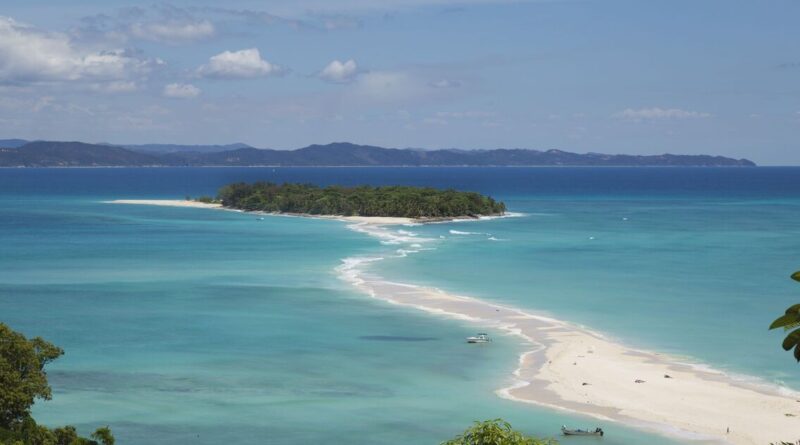Huge island off of Africa home to 32m people who nearly all live on one side | World | News
Madagascar is the fourth-largest island in the world and home to 32 million people, most of whom live on one side.
The island is situated off the southeast coast of Africa and consists of numerous peripheral islands.
It’s a hotspot for biodiversity as around 90 percent of its plants and animals cannot be found anywhere else in the world, making it one of the world’s 17 megadiverse countries.
About 74 percent of Madagascar’s population lives on the eastern half of the island, with some also in the central highlands, and there are many reasons for this.
The majority of the population lives in rural areas where their daily lives are dominated by agricultural practices producing rice, coffee and other products.
Rice is incredibly important to the island and is also one of the reasons for its divide. The eastern mountains have a climate more suitable for cultivating rice – Madagascar’s staple crop.
Agricultural industries such as forestry and fishing make up 80 percent of Madagascar’s economy. As well as rice, the island’s most-sold agricultural products are coffee, vanilla, and sugarcane.
These industries are not enough to support its population as, in 2023, 80.7 percent of the population lived in poverty on an average of £1.66 per day.
The colonial period was also a factor in where people settled, as the first people arrived from the east, not the west. Unlike colonialism in other African countries, people did not settle along the coasts and no metropolis was developed.
There are now at least 18 classified people of Madagascar, the largest ethnic group being the Merina people who live in the central highlands.
The east and west coasts are also divided by the Hauts Plateaux mountains that separate the climate and scenery as well as people.
The east coast is full of dense rainforest in the lowlands with a hot and humid climate and monsoons between December and March. The west coast was once covered by dry deciduous forests but is now mostly savannah with low plateaus and plains.
Elsewhere, there are high, flat lands along the central plateau and dry desert areas in the southwest.





